Order: Caryophyllales. Family: Caryophyllaceae
 © Super Mongoose
© Super MongooseDianthus mooiensis kirkii. Vaalkop Dam Nature Reserve, North West Province
Description
A perennial herb with a woody base. Leaves in widely spaced pairs, narrow, tapering to long point, up to 8 cm long x 3 mm. Pink or white flowers up to 35 mm diam (Sept- Nov). They are clearly identifiable by the ragged fringes of the petals. The narrow, fringed blade is ± twice as long as wide. Inflorescence forking irregularly. Flowers singly on long stalks. Calyx tube with five segments. Petals five with long stalks inside calyx, broader and spreading outside.
Three varieties are described:
Dianthus mooiensis F.N.Williams ssp. kirkii (Burtt Davy) S.S.Hooper
Dianthus mooiensis F.N.Williams ssp. mooiensis var. dentatus Burtt Davy
Dianthus mooiensis F.N.Williams ssp. mooiensis var. mooiensis
Ssp. mooiensis has leaves on flowering shoots rigid. Leaves on flowering shoots not rigid in ssp. kirkii.
Distribution
South Africa, Lesotho, Mozambique, Swaziland. Provincial distribution in South Africa: Eastern Cape, Free State, Gauteng, KwaZulu-Natal, Limpopo, Mpumalanga, North West.
Habitat
Grassland over Cave Sandstone and basalt, up to c. 2450 m.




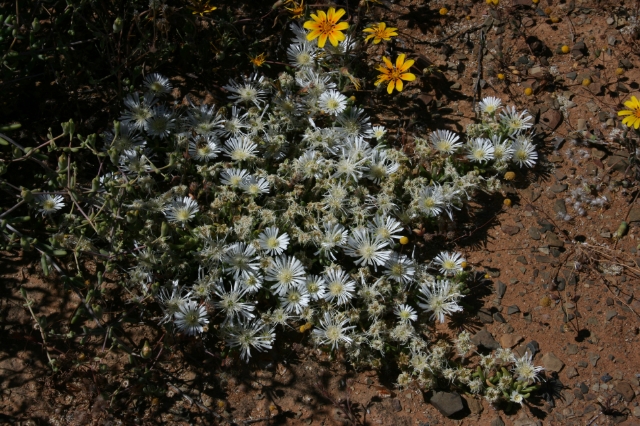 © Tina
© Tina © ExFmem
© ExFmem © Tina
© Tina

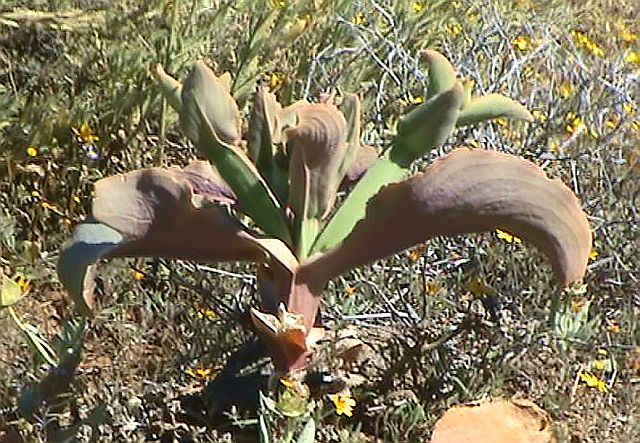


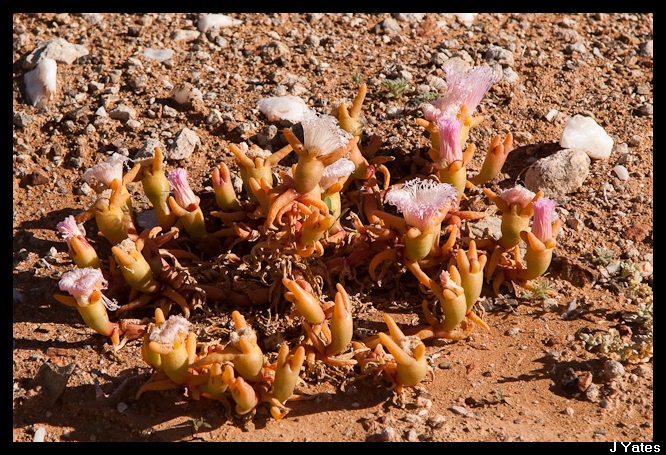 © Kesheshe
© Kesheshe
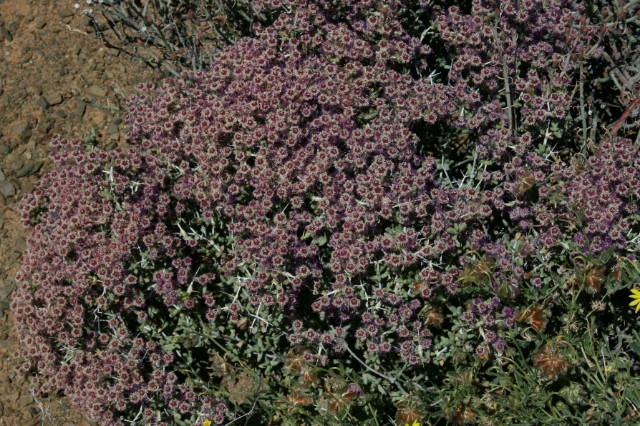 © Tina
© Tina © Tina
© Tina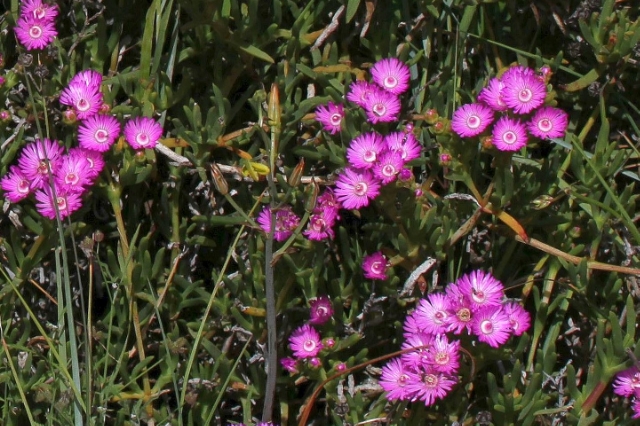 © Tina
© Tina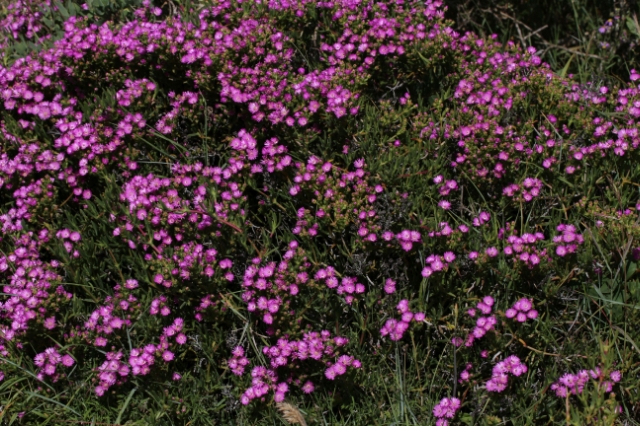 © Tina
© Tina © Tina
© Tina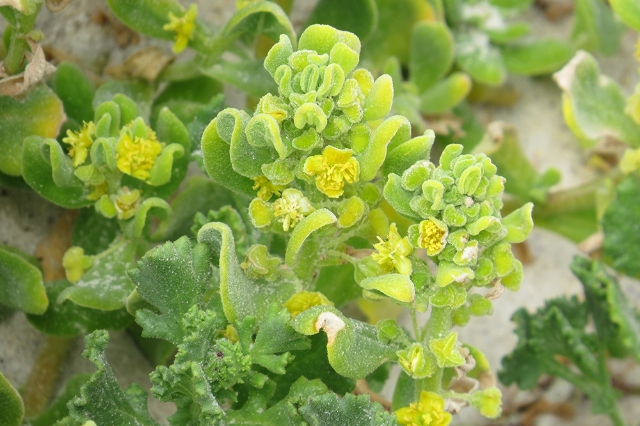 © Tina
© Tina © arks
© arks © arks
© arks